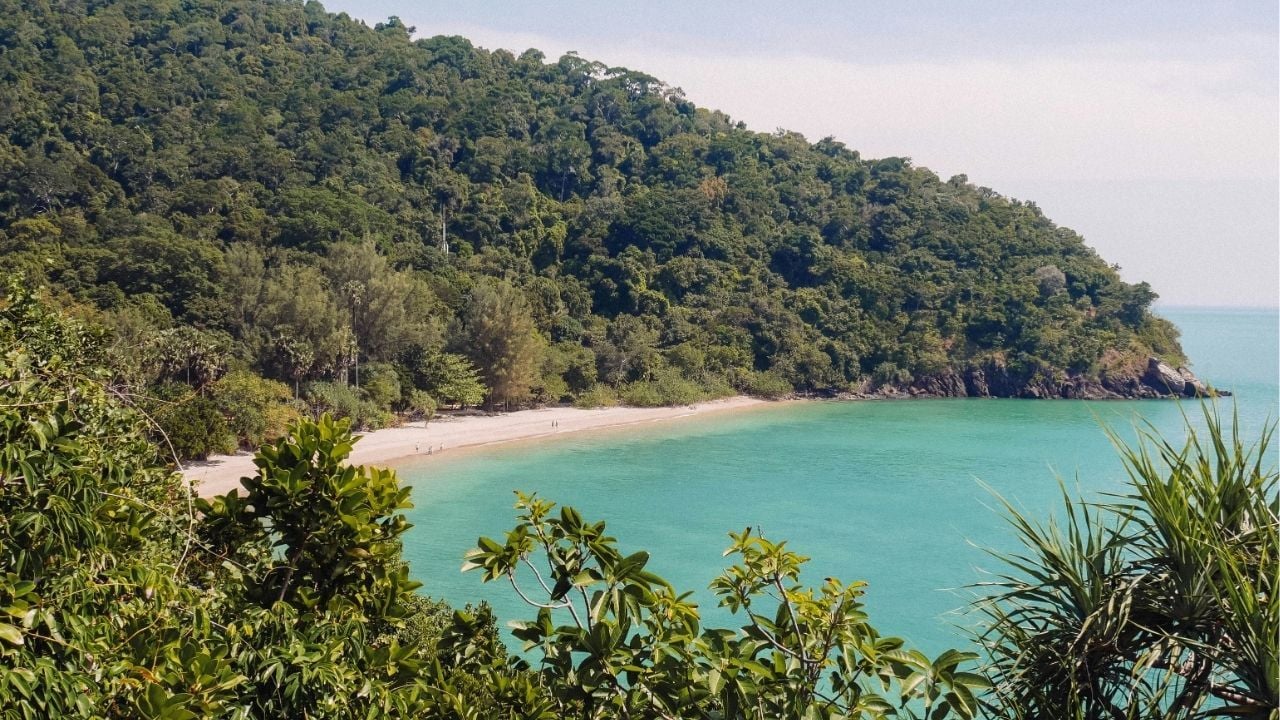

The Thaiger key takeaways
- Koh Lanta offers a laid-back pace with highlights such as Old Town, Mu Koh Lanta National Park, Talabeng Islands, and eco-tourism at Tung Yee Peng.
- Koh Chang is more rugged, known for its mountainous landscape, diverse beaches, Bang Bao fishing village, jungle treks, waterfalls, and shipwreck diving.
- Both islands are accessible by ferry and best visited from November to April, with Koh Lanta suiting families and Koh Chang appealing to adventurers.
Thailand has no shortage of island headlines. Phuket’s neon nights, Samui’s grand resorts, Phi Phi’s cliffs roll off every itinerary. But some islands don’t always get the press they deserve. Koh Lanta and Koh Chang are hardly hidden; they’re lived-in, storied, and full of character.
For those who lean towards quieter shores, rugged landscapes, and culture with real soul, these two islands are exactly the kind of seacrets worth seeking out.
On this page
| Section (Click to jump) | Summary |
|---|---|
| Koh Lanta | A laid-back island with Old Town charm, kayaking at Talabeng, wild beaches in Mu Koh Lanta National Park, and eco-tourism at Tung Yee Peng mangroves. |
| Koh Chang | Mountainous and untamed, with beaches from lively White Sand to remote Wai Chaek, Bang Bao fishing village, wreck diving at HTMS Chang, jungle treks, waterfalls, and a side trip to Koh Mak. |
| Practical quick tips | You can reach Lanta via Krabi or Chang via Trat ferries. Visit from November to April for the best weather. Both offer stays from guesthouses to resorts; Lanta suits families, Chang suits adventurers. |
Koh Lanta
Koh Lanta stretches long and low into the Andaman. Life here feels slower, with quiet beaches and roads that drift lazily down the spine of the island. Travellers often come for the sand and stay for the sense of ease.
Old Town
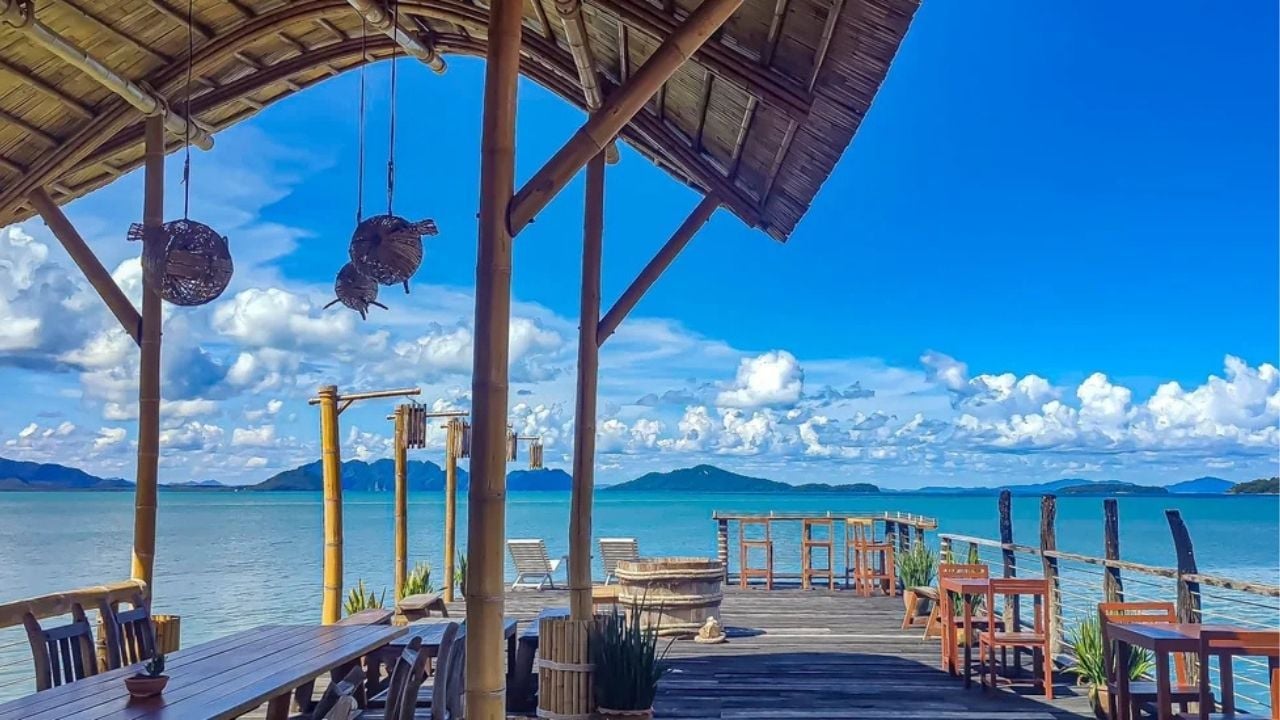
On the east coast of Lanta Yai, the island’s history lingers in Lanta Old Town. Once a bustling trading port, it still carries the marks of Chinese merchants and the Chao Ley, Sea Gypsies who have long lived in the Andaman. Traditional wooden houses lean on stilts above the tide, their verandas now doubling as cafés where seafood caught that morning is served without fuss.
The small Lanta Community Museum, housed in the former governor’s office, tells the island’s story through exhibits and photographs. The town itself has narrow lanes, salt-stained shutters, and a rhythm that hasn’t been rewritten by mass tourism.
Talabeng Islands
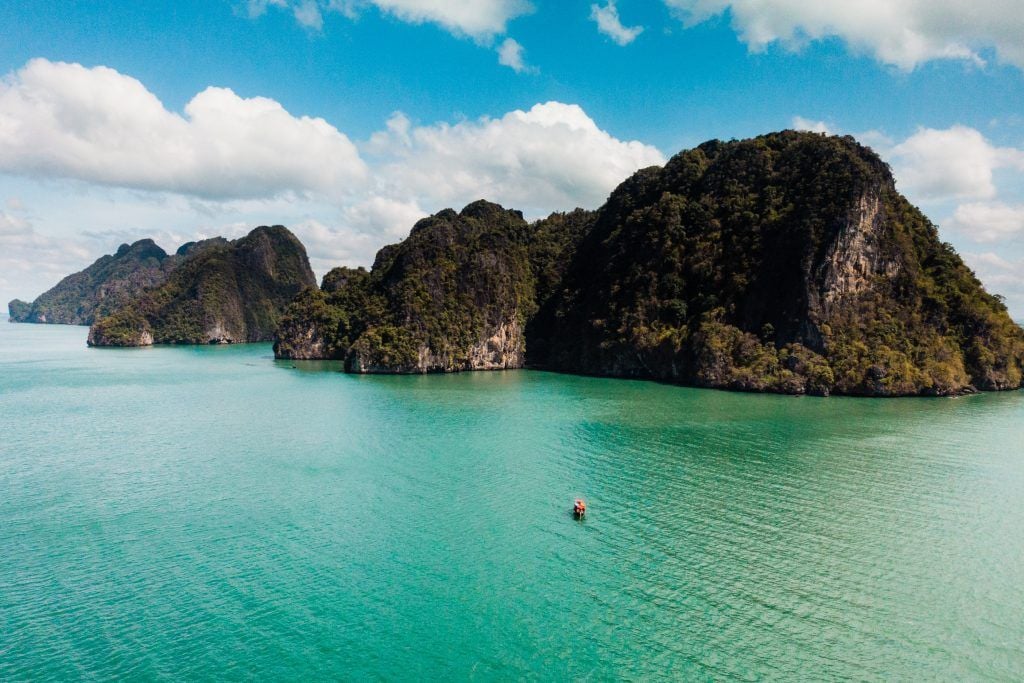
Off the coast of Lanta Noi, the Koh Talabeng rise from the sea like jagged vertebrae. Locals sometimes call it Lanta’s private Halong Bay, though the comparison is imperfect. There are no tour fleets here, but visitors can paddle by kayak into caves and lagoons where the silence is broken only by the echo of their own strokes. Raw and dramatic, it remains firmly under the radar.
Mu Koh Lanta National Park
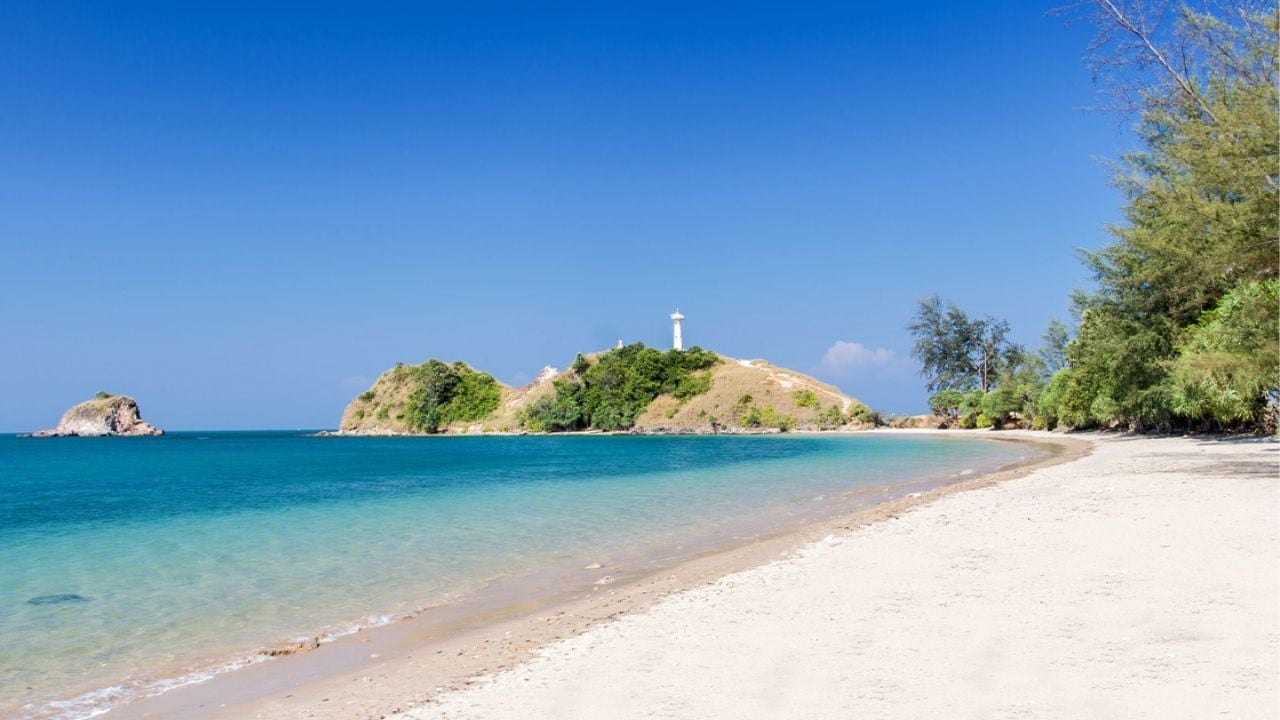
At the southern tip, Mu Koh Lanta National Park delivers another face of the island. Rainforest trails wind toward a lighthouse that once guided ships past reefs and now serves more as a lookout for travellers chasing horizon views.
The beaches here feel stubbornly wild: Bamboo Bay is a sweep of near-empty sand, and the park is also home to diverse wildlife. Because the area is protected, development has been kept at bay. Hikers can spot hornbills in the trees, join guided nature walks, or simply sit in the shade and watch the sea work slowly against the cliffs.
Mangroves of Tung Yee Peng
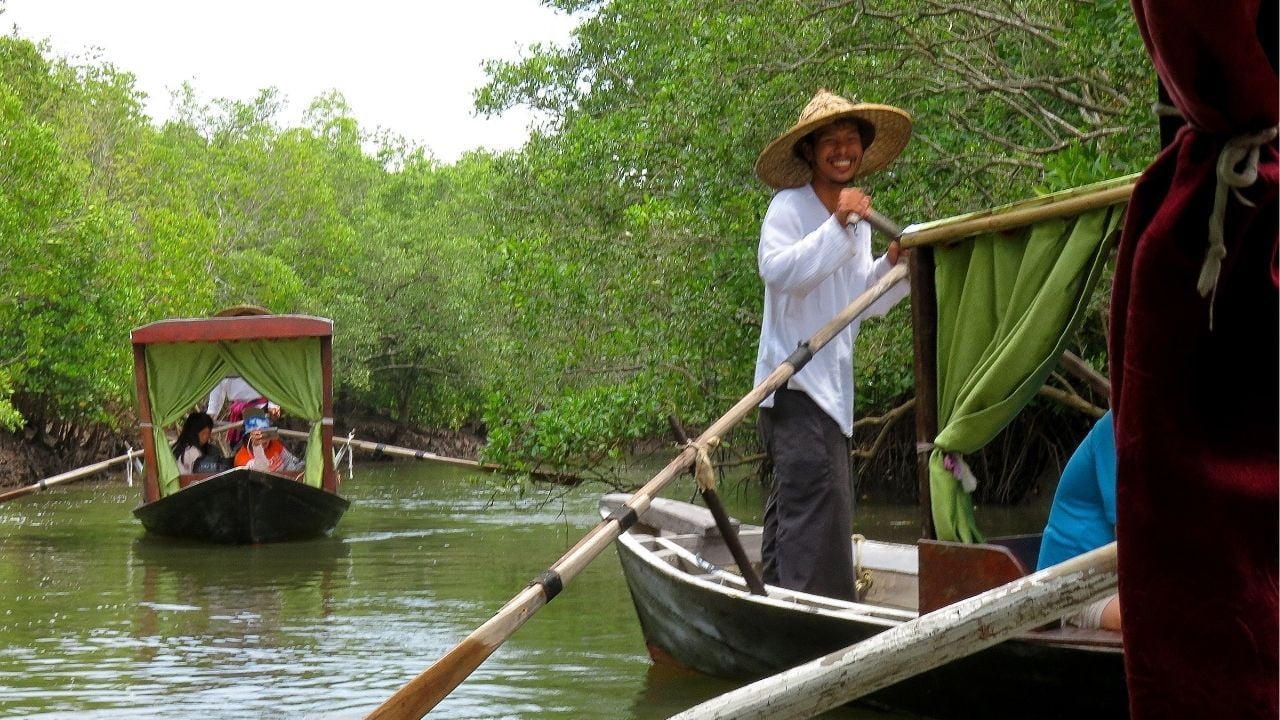
Back toward the north coast, Tung Yee Peng Village offers a different ecosystem altogether. Wooden boardwalks thread through mangrove forests, while longtail boats glide down narrow channels where the water mirrors the sky.
Visitors can walk the paths, join boat tours led by locals, and learn how the community has turned conservation into a livelihood. Tung Yee Peng has become a model for eco-tourism on Lanta, offering both immersion in nature and insight into sustainable island life.
Also: Best national parks near Bangkok
Koh Chang
If Lanta whispers, Koh Chang looms. Its silhouette gives it away: a hulking mass of green mountains rising from the Gulf of Thailand, ridged like the back of a sleeping elephant. Over seventy per cent of the island is rainforest, much of it protected within Mu Koh Chang National Park. The result is an island where wilderness takes precedence over development.
The beaches
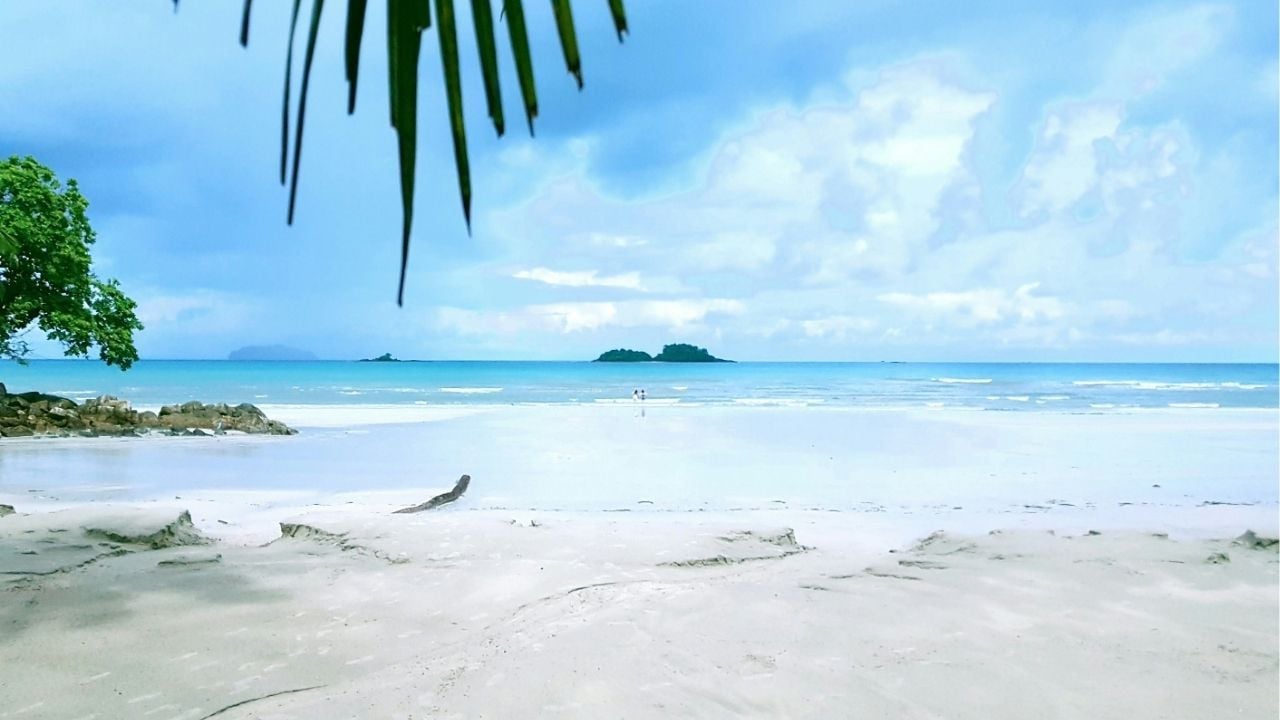
Five main beaches line the west coast, each with its own mood. White Sand Beach is the liveliest, where strings of lights hang from the trees and beachfront grills display fish on ice. Khlong Prao is the longest, quietest, and arguably the most beautiful.
Lonely Beach has a backpacker pulse that runs late into the night, while Khlong Kloi feels like the opposite, a hammock-and-paperback kind of place. And then there’s Wai Chaek, far off the tourist map, a sweep of sand reached only by boat or a rugged jungle trek, the island’s wild card. Together, they map out Koh Chang’s split personality: part easygoing resort, part frontier outpost.
Bang Bao fishing village
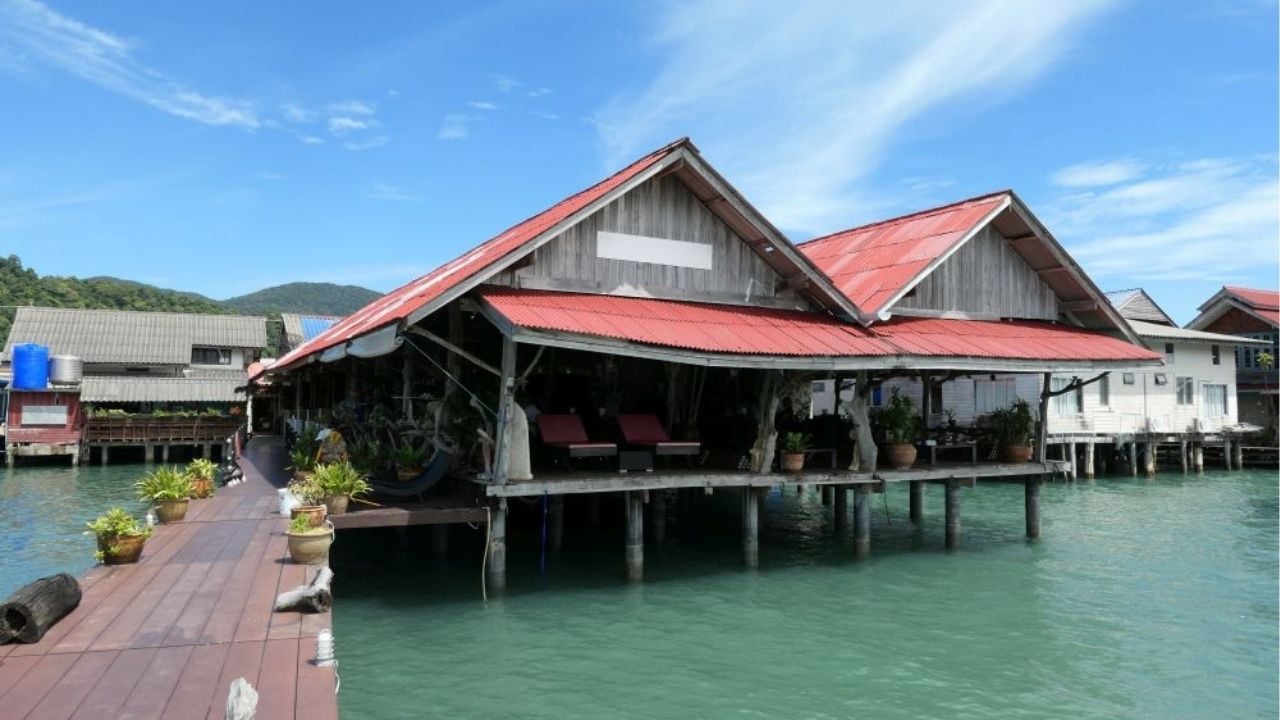
At the southern tip, Bang Bao Pier stretches out into the bay on stilts. Once a community of fishermen, today its wooden pier is lined with seafood kitchens, guesthouses, and souvenir shops. Tourism has inevitably encroached, but the setting, with jungle-draped hills behind and water lapping beneath, retains its sense of character. For many visitors, a seafood meal here is as much about the atmosphere as the food.
Underwater adventures
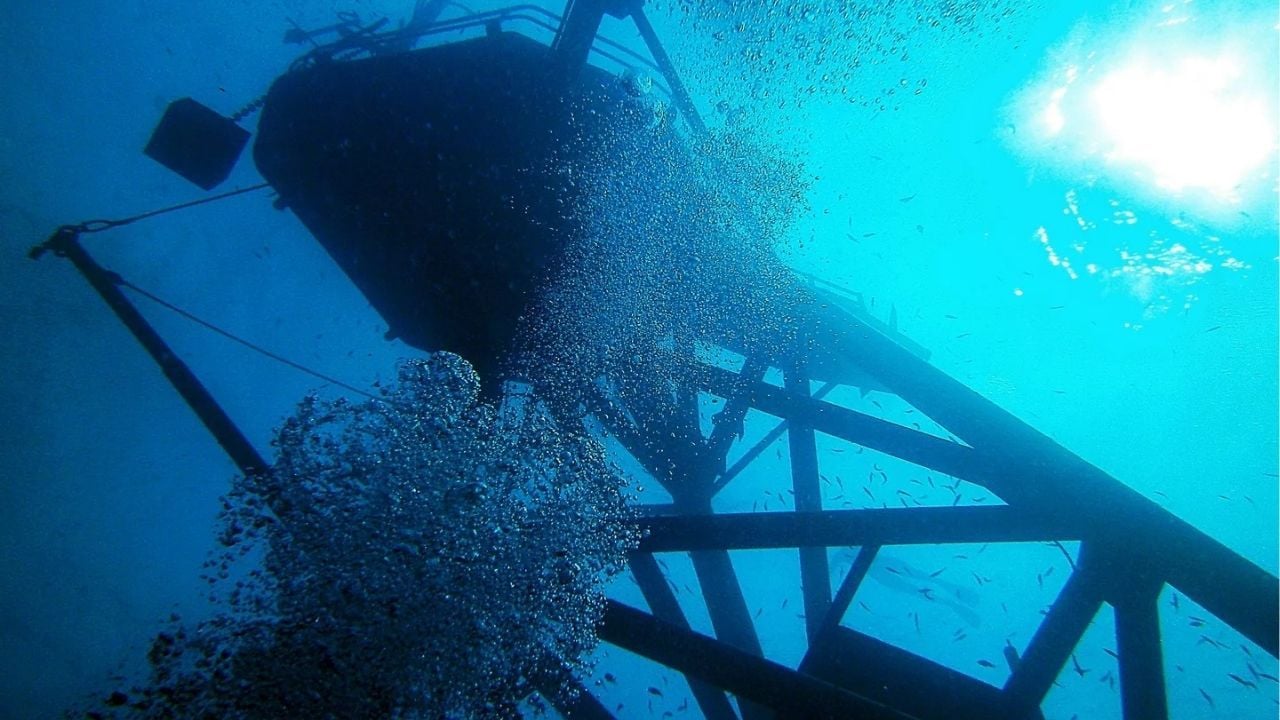
Offshore, divers descend to the HTMS Chang, the country’s largest shipwreck dive. Once a U.S. naval vessel and later part of the Thai Navy, it was sunk deliberately in 2012 to form an artificial reef. Now the 100-metre hull is colonised by coral and patrolled by groupers, barracuda, and the occasional whale shark. For non-divers, day trips to the smaller reefs and islands of the marine park offer snorkelling in clear water teeming with tropical fish.
Waterfalls and jungle treks
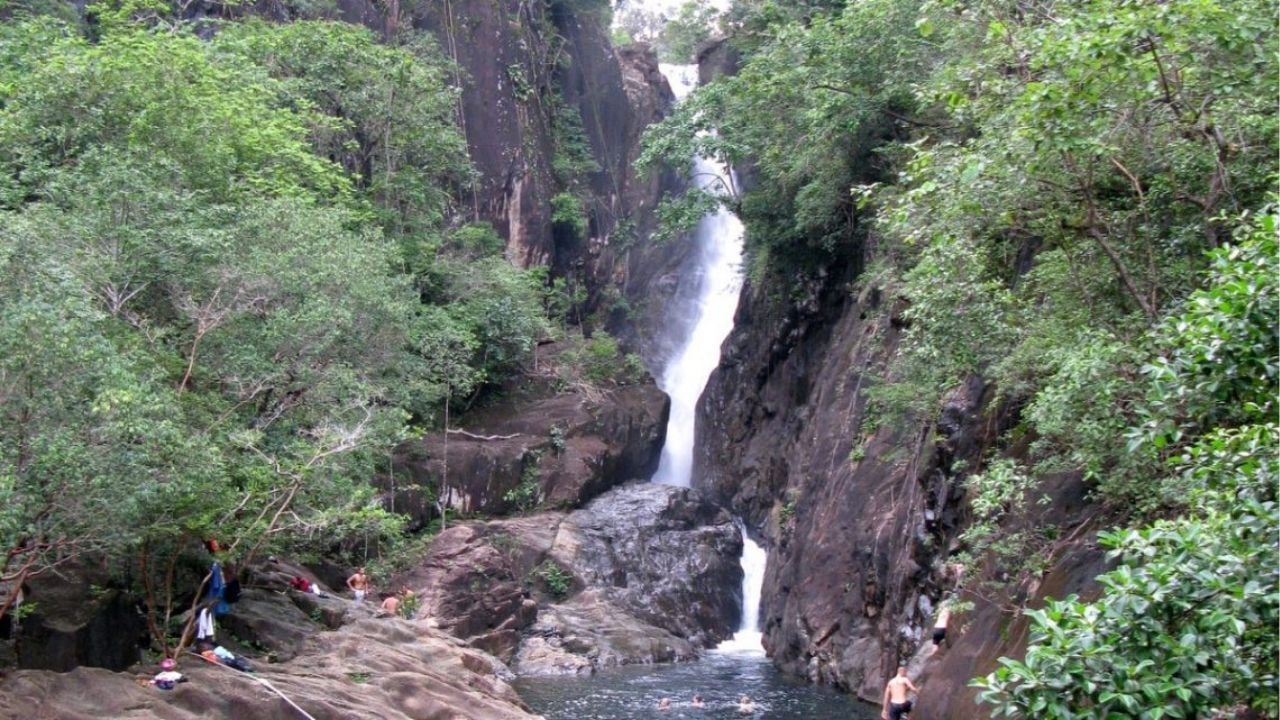
Koh Chang isn’t just about beaches – it’s an island made for walking boots. The most accessible path leads to Khlong Plu Waterfall, a 40-metre cascade that spills into a natural swimming pool and is shaded year-round by jungle canopy. From Kai Bae to Bai Lan, another trail follows the coast, passing quiet beaches where the sea is never far from reach.
For those who push deeper inland, routes climb into the Khao Salak Phet range: dense, root-tangled jungle alive with hornbills, moss-draped trees, and the rush of hidden streams. Trails to Khiri Phet Waterfall or up to Salak Phet peak reward with sweeping views across the Gulf and a sense that you’ve stepped into one of Thailand’s last frontiers. These hikes demand stamina and care – paths can be steep, rocky, or overgrown, so it’s wise to check conditions in advance or hire a local guide before setting out.
A side trip to Koh Mak
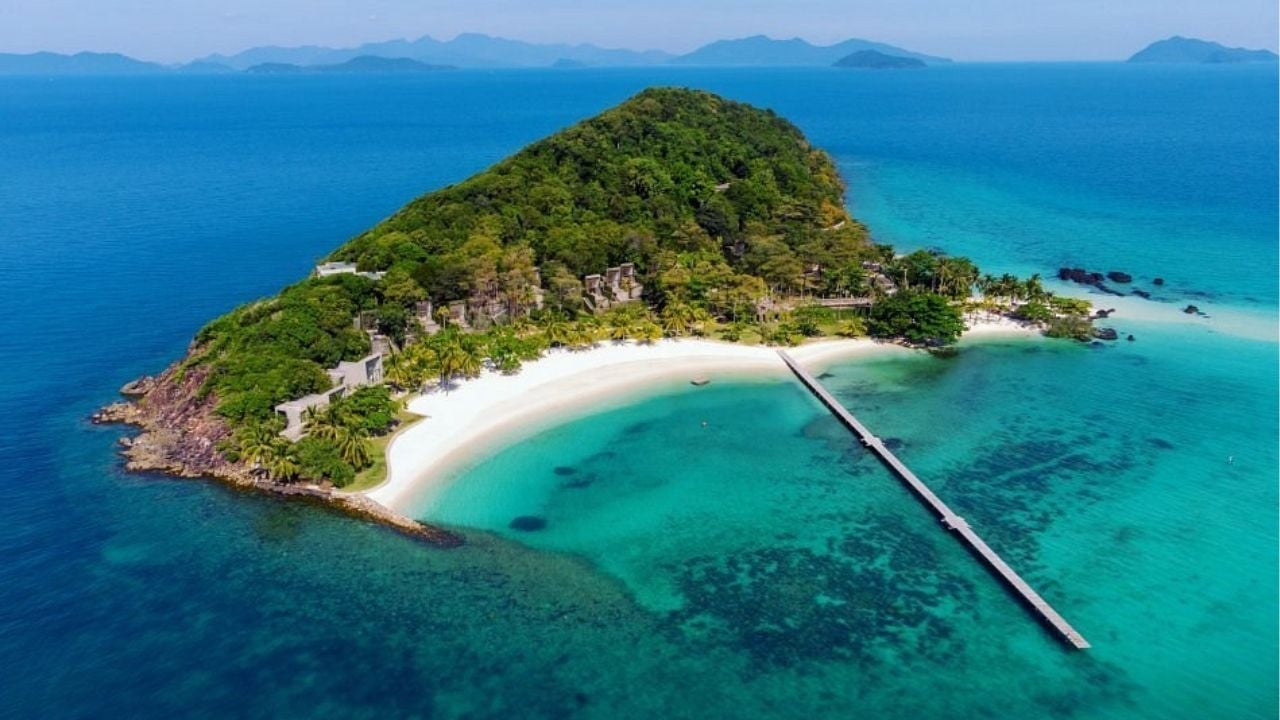
From Koh Chang, it’s a short boat ride to Koh Mak, a smaller island that feels even more remote. There are no high-rises here, just palm groves, wooden piers, and guesthouses with hammocks strung between trees. Visitors kayak to offshore islets to snorkel coral gardens, or hike to viewpoints where the horizon unspools in every direction. In the rainy season, only speedboats connect the islands, and many guesthouses’ shutters, another reminder that Koh Mak is still an island on its own terms.
Practical quick tips
Getting there
Koh Lanta: Most travellers reach Lanta via Krabi. A road and ferry connection takes about two hours.
Koh Chang: Access is via ferry from Trat province. Flights run from Bangkok to Trat Airport, then a short drive to the pier.
Best time to visit
November to April brings dry skies and calm seas. December to February is peak season, while November and April offer fewer crowds and lower prices. The rainy season (May–October) makes for lush jungles but rough seas.
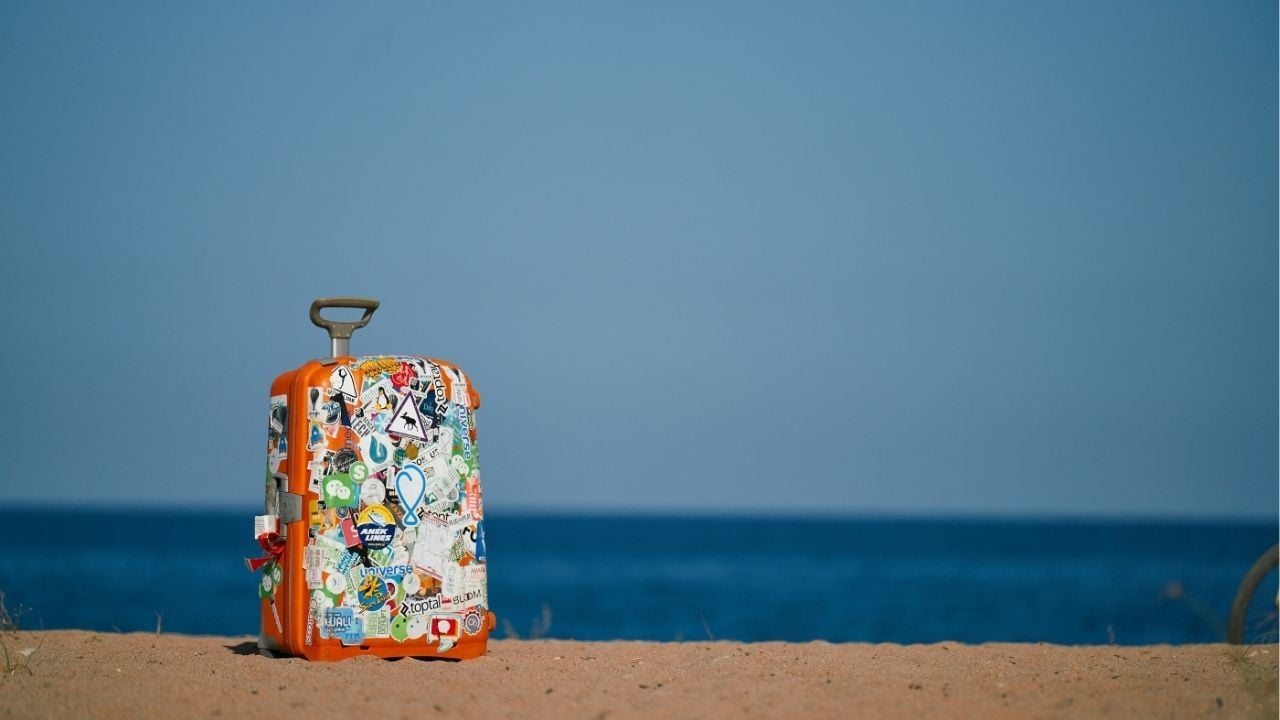
Where to stay
Both islands cater to a spectrum of travellers. On Koh Lanta, family-run guesthouses sit beside boutique villas, while Koh Chang’s beaches mix simple bungalows with full-scale resorts. White Sand Beach and Khlong Prao offer everything from budget to luxury, while Lonely Beach is the backpacker hub. Book early in peak season for better rates.
Who they suit
Koh Lanta: Families, slow travellers, and anyone looking for culture alongside beaches.
Koh Chang: Hikers, divers, and travellers who like their islands wild.
Open seacrets
On Koh Lanta and Koh Chang, the secrets are in the silences, a mangrove reflecting the sky, a jungle trail where hornbills break the stillness, a village still moving to the rhythm of tides. They were never hidden, just waiting for travellers who value discovery over display.
Also: What makes Hua Hin special?
The story The seacrets of Thailand: Koh Lanta and Koh Chang as seen on Thaiger News.
